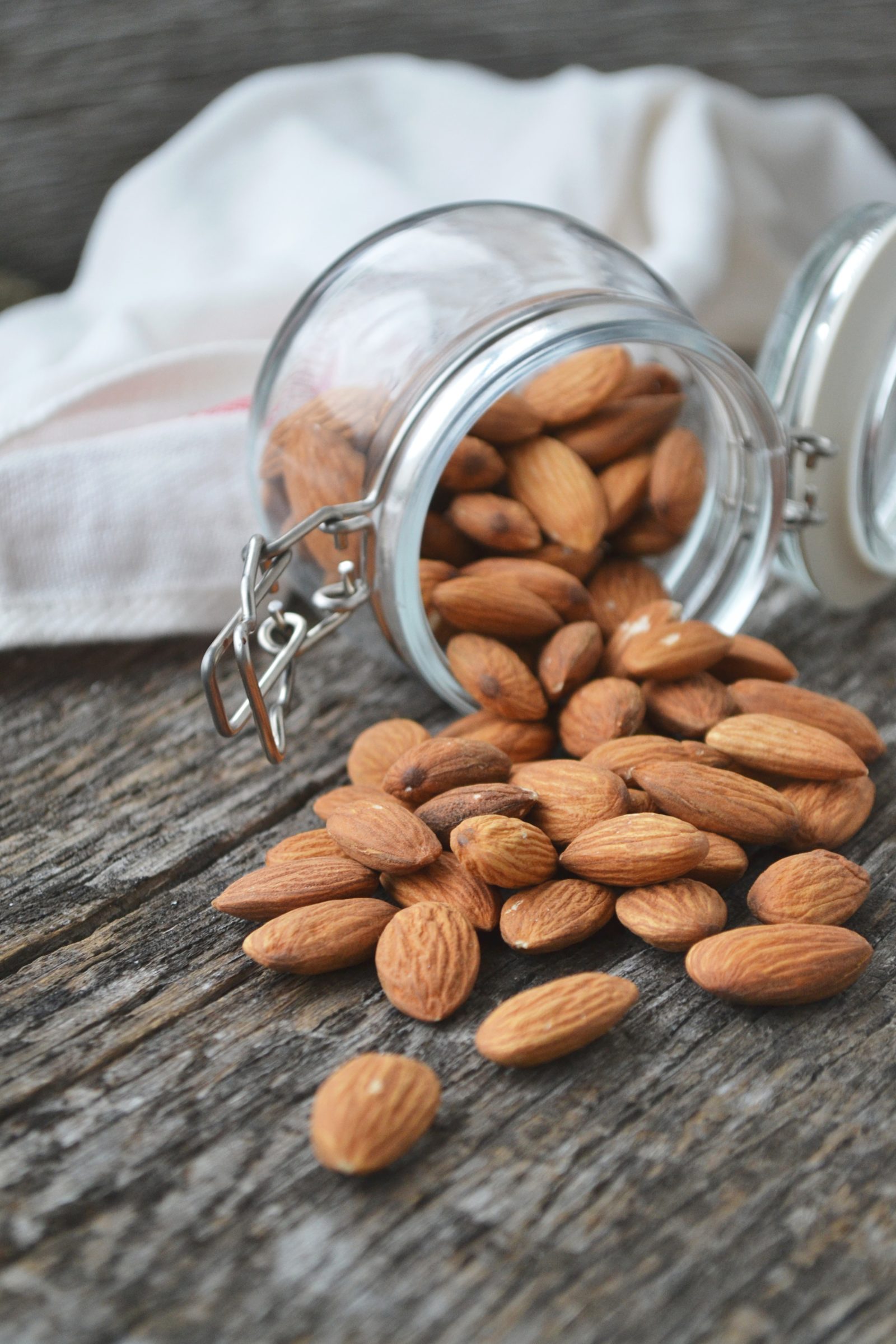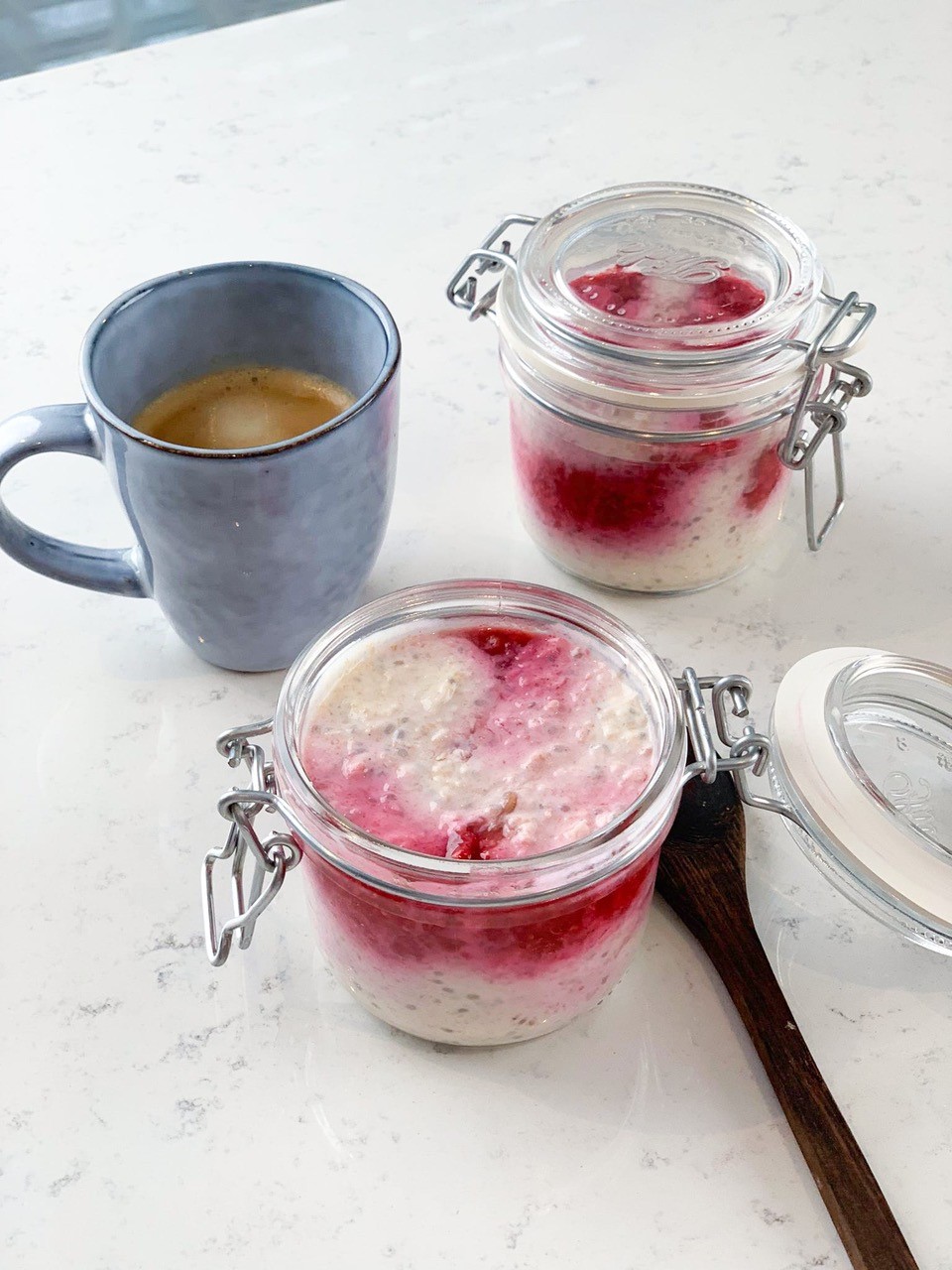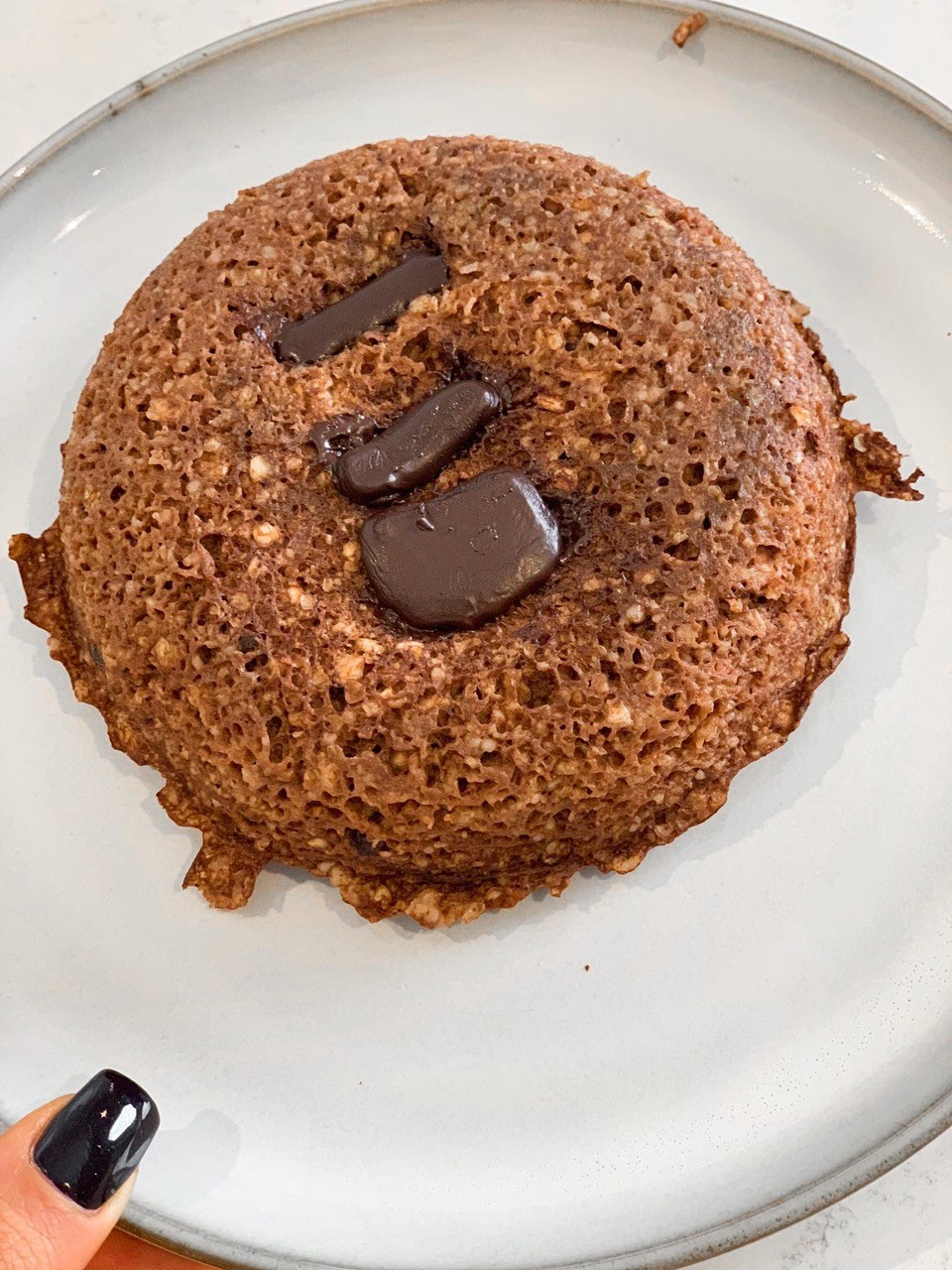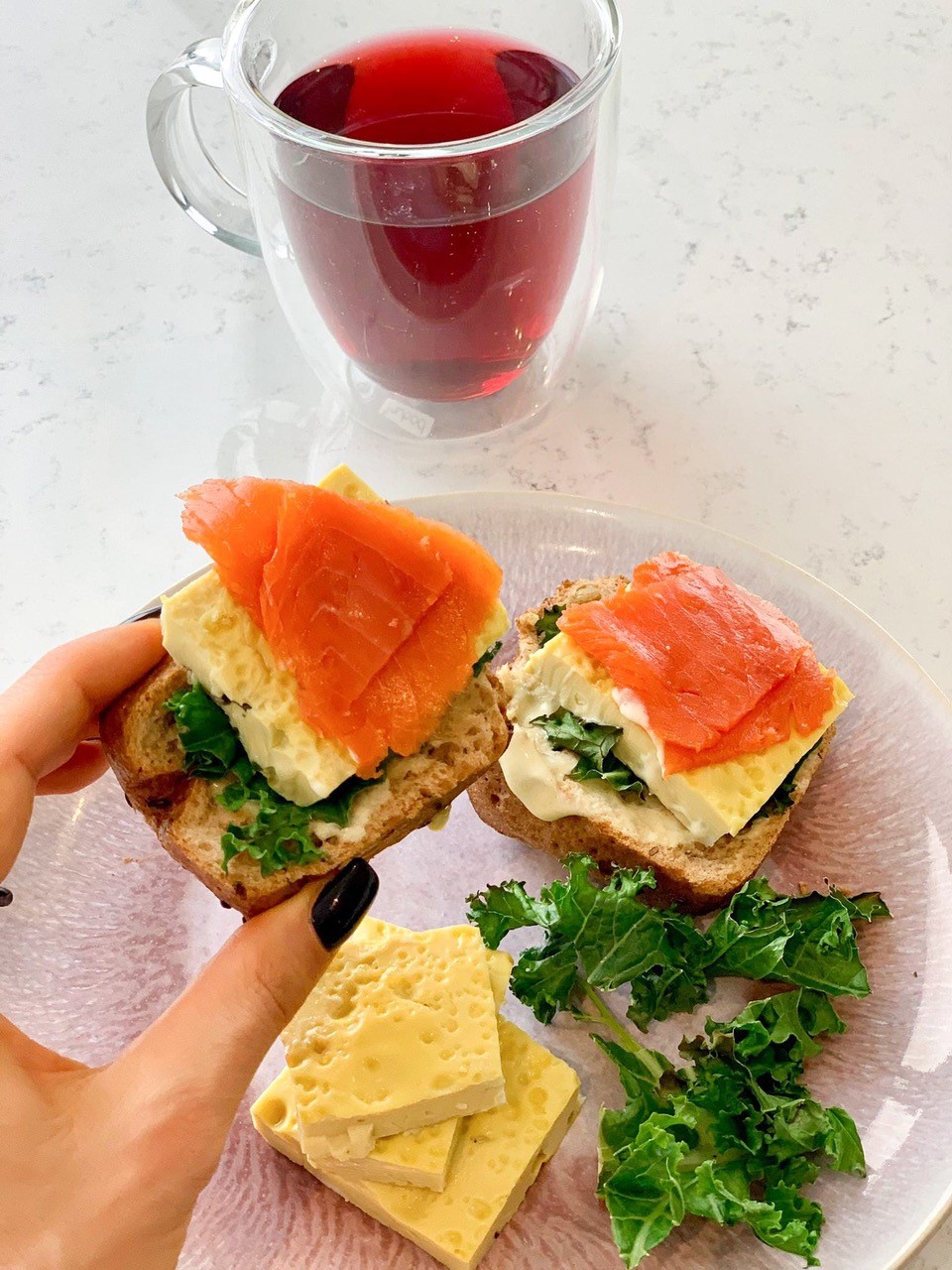
Ahhh the famous spirulina… Did you know that this blue-green micro-algae owes its name to its spiral shape?
As is often the case with fashionable things, we discover that they are not really new. And spirulina is no exception: it was already consumed by the Aztecs in what is now Mexico and by the peoples who lived on the shores of Lake Chad in Africa for as long as these shores have been occupied (that is, for a very, very long time).
Spirulina’s list of benefits is so long that it makes you dizzy. Its nutritional qualities are simply exceptional!
An incredible source of protein
Spirulina is the best known natural source of protein, with about 70 % of protein. Moreover, spirulina is a complete source of protein, with all eight essential amino acids, which is rare for a plant.
Powerful antioxidants
The blue-green pigments are in fact valuable antioxidants such as chlorophyll (which strengthens and purifies the blood) and phycocyianin (which promotes stem cell production). Spirulina also contains zeaxanthin, one of the best antioxidants to protect the eye.
Together with phycocyianin, beta-carotene (another group of antioxidants) will strengthen our immune system.
An eco-friendly product
Unlike other foods, spirulina can really be considered as an eco-friendly product. Compared to beef, spirulina offers 200 times more protein per square metre of culture. It further uses only 2 % of the water required to produce an equivalent amount of beef.
- 1/2 banana ripe
- 250 ml almond milk sugar-free
- 2 tsp spirulina flakes
- 1 tsp peanut butter
- 1 tsp chia seeds
- 1 pinch cinnamon
- 1 tsp shredded coconut or raw cocoa chips or your favourite seeds
- Add the sliced banana, spirulina, peanut butter, chia seeds and cinnamon to a blender. Splash in the almond milk and blend until smooth.
- Pour the smoothie into a glass and sprinkle with grated coconut (or topping of your choice).
I have shared with you some of the many advantages of spirulina. Of course, there are many more such as omega-6 (GLA) or the presence of sulphur compounds. But rather than continuing to list all of its properties, as fantastic as they are, I prefer to give you a few important guidelines.
Due to the lack of data on the effects on pregnancy, pregnant women should avoid taking spirulina. Apart from this specific case, however, there are no particular contraindications.
The suggested dose varies between 1 and 10 g per day. For my part, I recommend that you start with a small amount and gradually increase it to get used to the food.
Some even claim that one could eat spirulina exclusively without suffering from a deficiency as this food is so complete. In my opinion, this statement is a little too conclusive, but it gives you a glimpse of the potential of this super-food!









